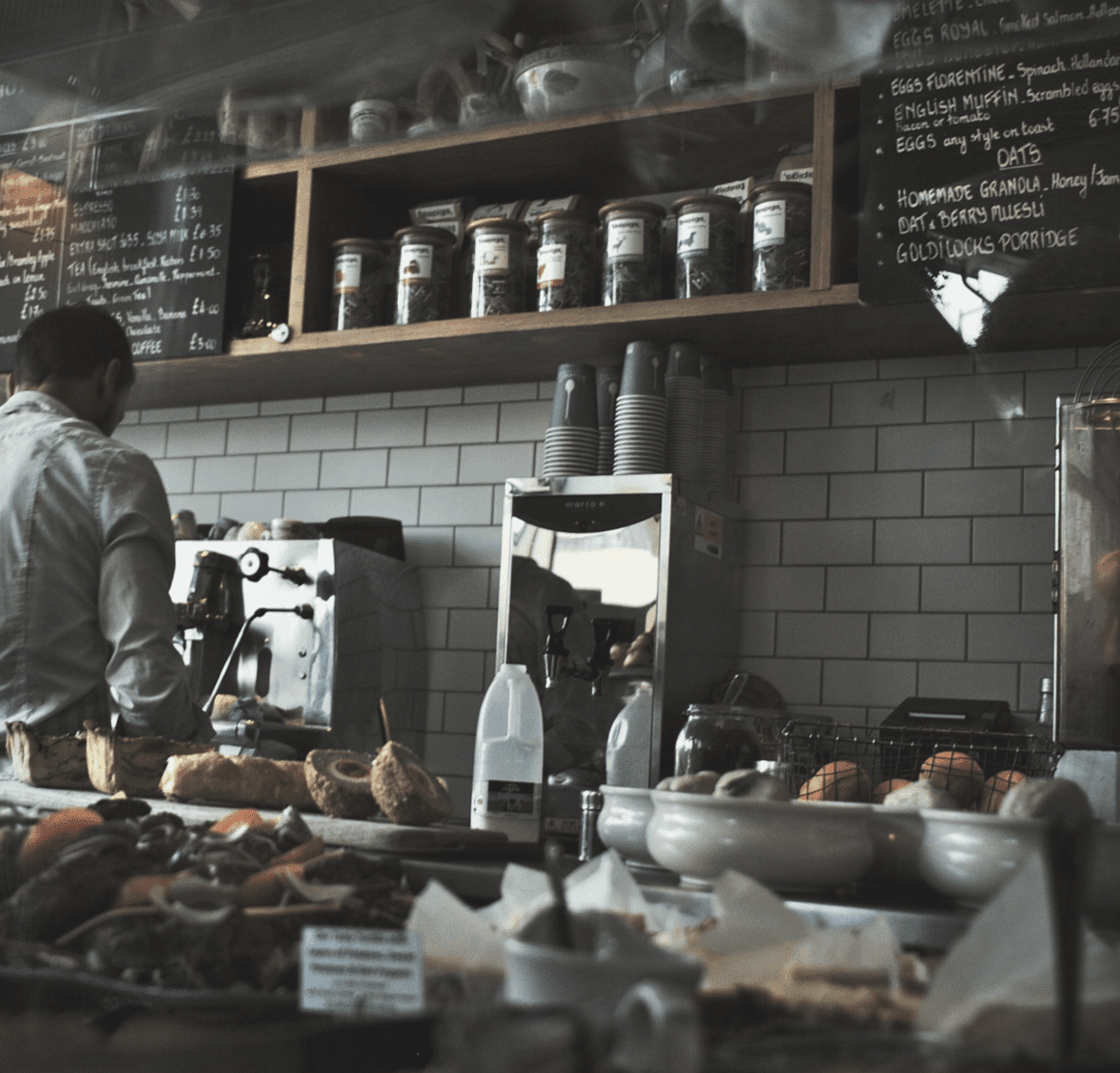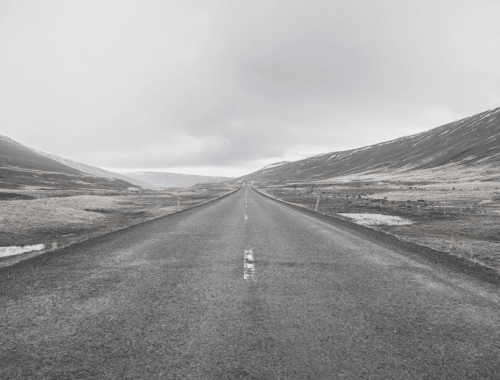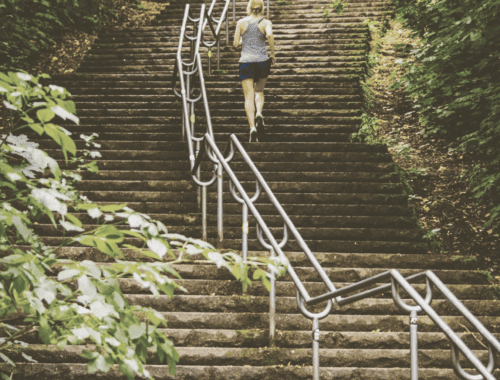
3 Brilliant Ways to Find Your Third Place
Have you ever thought about how much of our time is spent in two places – work and home? And yes, we might love these places. But have you wondered what it would be like to have a third place? A place where you feel comfortable, happy and well, just welcome?
A place with people. Community. No judgment. Fun.
The “third place” is a term coined by sociologist Ray Oldenburg. It refers to a place where people spend time between home (their “first place”) and work (their “second place”). They are spots where we can share our ideas and dreams, enjoy ourselves, and build relationships.
Perhaps you’re thinking, “I’ve got this”. I have my Facebook friends, my Instagram and Twitter followers. I build community with group texts. Wasn’t that photo of the cat funny?
Come on, why on earth do I need another place?
Well, as a bit of an introvert myself, I thought I didn’t need a third place. I thought I needed time to recover my energy (if you’re an introvert, you’ll know what I mean). But guess what? Third places are actually places that build community. Maybe your third place is your hair salon. Or your local coffee shop, pub or bar. Or even the dog park.
So, let’s work out how to find your third place, and use it as a place that brings you joy.
What is a Third Place?
Think about a third place as being a welcoming space that makes you happy. It’s a place that is not your home or work. And it’s often easiest to enjoy if it’s close to home or work. Can you imagine it?
What does it look like?
Feel like?
Smell like?
Is music playing?
Is the vibe intimate or outgoing?
A third place often has food and drink. It’s the kind of place that doesn’t have social hierarchy. It might be informal. And it always feels like it is a place of neutral ground. People are there because they want to be there. You feel like you’re a guest, not a customer.
Why is a Third Place so Important?
A third place has become important as people have become more isolated socially. Do you ever feel you don’t have the time or the place to meet people and connect? As our homes become smarter and our lifestyles see us leaving the house less often (hello, Amazon deliveries!) people are finding they are losing the human connection. We have big screens with streaming movies, deliveries to our home any time of the night and day, and many of us live our lives through our smart phones or computers.
And possibly, if you’re working from home or have young children, you might even find yourself not leaving the house for days at a time.
But this is leading to an epidemic of loneliness. In a recent study, half of Americans reported being lonely. In the U.K., 40% of people say either a pet or the television is their main source of companionship.
So what, you ask? Well, loneliness can shorten a person’s life by 15 years. Other health impacts include an increased risk of heart attack, stroke and cancer. In the short term, lonely people are more likely to have trouble sleeping, and have problems with drug abuse and depression. What’s even more interesting is that Generation Z (18 to 22 year olds) and Millennials (23 to 27 year olds) have the highest reported levels of loneliness.
Now, this is a place of no judgment. But if you’d like some tips on how to find or make your own third place, then read on!
How to Find Your Own Third Place
Believe me when I say, it doesn’t have to be difficult to find your own third place. And you can switch it up. Try different locations. Meet different people. Just get out there and do it! Here’s some tips that I’ve found helpful and might help you too.
1. Find a Place that Encourages Social Activity
A special part of a third place is that it’s a place where we feel welcome and comfortable. For many of us, this means seeing friends or neighbors, or perhaps people we don’t know, but feel comfortable interacting with them.
So, when making or finding your own third place, look for a space that lets you be comfortable and want to hang out for a while. Big squishy seats, beautiful landscape, with other public activities happening nearby. When my kids were younger, we used to go to our local downtown area for a bit of train watching. What made it fabulous wasn’t just the thrill of the trains rumbling through the village. It was the water fountain where kids were splashing about. People grabbing a coffee and enjoying it on the benches, while chatting to people they didn’t know. It was an area with huge diversity – men and women, young and old. And because it was such a hub, it was a safe space which then turned into a space for activities, events and general fun.
Maybe you live in an area with a cute downtown. What do you love about it?
2. Find a Private, Public Place
I know, this sounds hypocritical. Let me explain.
The whole idea of having a third place is to build a connection with others. So finding a privately owned public space has the best of both worlds. Think about Rockefeller Plaza, a central gathering place in New York City. It has a combination of stores and markets, outdoor seating and dining, plus the skating rink. And it’s frequented by locals as well as tourists.
Near my home is a fantastic urban space. It’s a park right next to a nature reserve. People come to the park with friends and family. Some are using the skate park or throwing a ball. And you’ll also see others sitting in solitude reading a book or even doing tai chi. And the nature reserve has beautiful evergreen trees and paths, which lead out to the markets, which run on Sunday.
And because I’m lucky enough to live in the Pacific North West, we have access to The Spheres, which is owned by Amazon but is open to the public two Saturdays a month. It’s such a beautiful place and really epitomizes the feeling of a third place.
So see if you can find a private, public place. Perhaps it’s a private park. Or even a shared space that you might find at a local university or company who opens the room or building to the community. And of course, cafes, libraries or coffee shops are always a good start.
3. Think About your Ideal Experience
Depending on what you’re looking for, the vibe of a third place can be very different. Are you looking to talk to someone or catch up with a friend? Just want to relax and take in the energy of the space? When you start thinking about your third space, focus on what you’d like to experience.
An experience can be created in many ways: by emotions, be sensing, or even receiving a service. So think about what you want to see, feel, sense, or receive. Feel like a glass of wine with a friend on Friday night? Or brunch and a coffee? Maybe try the new jazz bar or cafe close to the office or your home.
Do you want to find a place to write or reflect? I’m sitting in my local library right now! I’ve kicked my shoes off and am sitting on a couch, occasionally looking up to see other people reading, studying, and exploring the stacks for something that will bring them joy. And it’s nice to have a break from the house or office, where there always seems to be a distraction to writing.
So, enjoy finding your new third space. And remember that you can discover different third spaces. Make a conscious decision to seek out the experiences that bring you joy and improve well-being by expanding your social network.
Key Takeaways
The third place is a term coined by sociologist Ray Oldenburg. Our first place is home. Our second place is work. And our third place is a place where we can connect with people, build relationships, and enjoy ourselves.
Third places might also be a solution to the loneliness epidemic.
So, if you’re finding yourself feeling lonely or just need to get outside of your day-to-day routines and habits, try a third space. You might be surprised at how good you feel.
What is your third space and how does it bring you joy?






